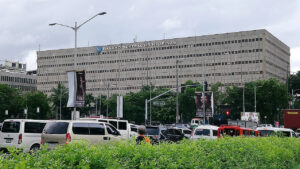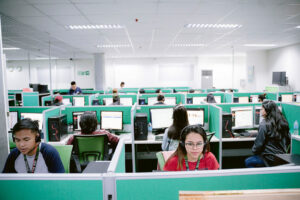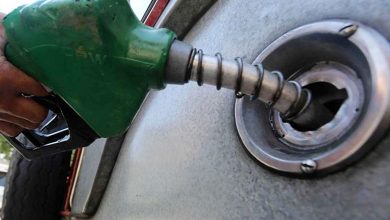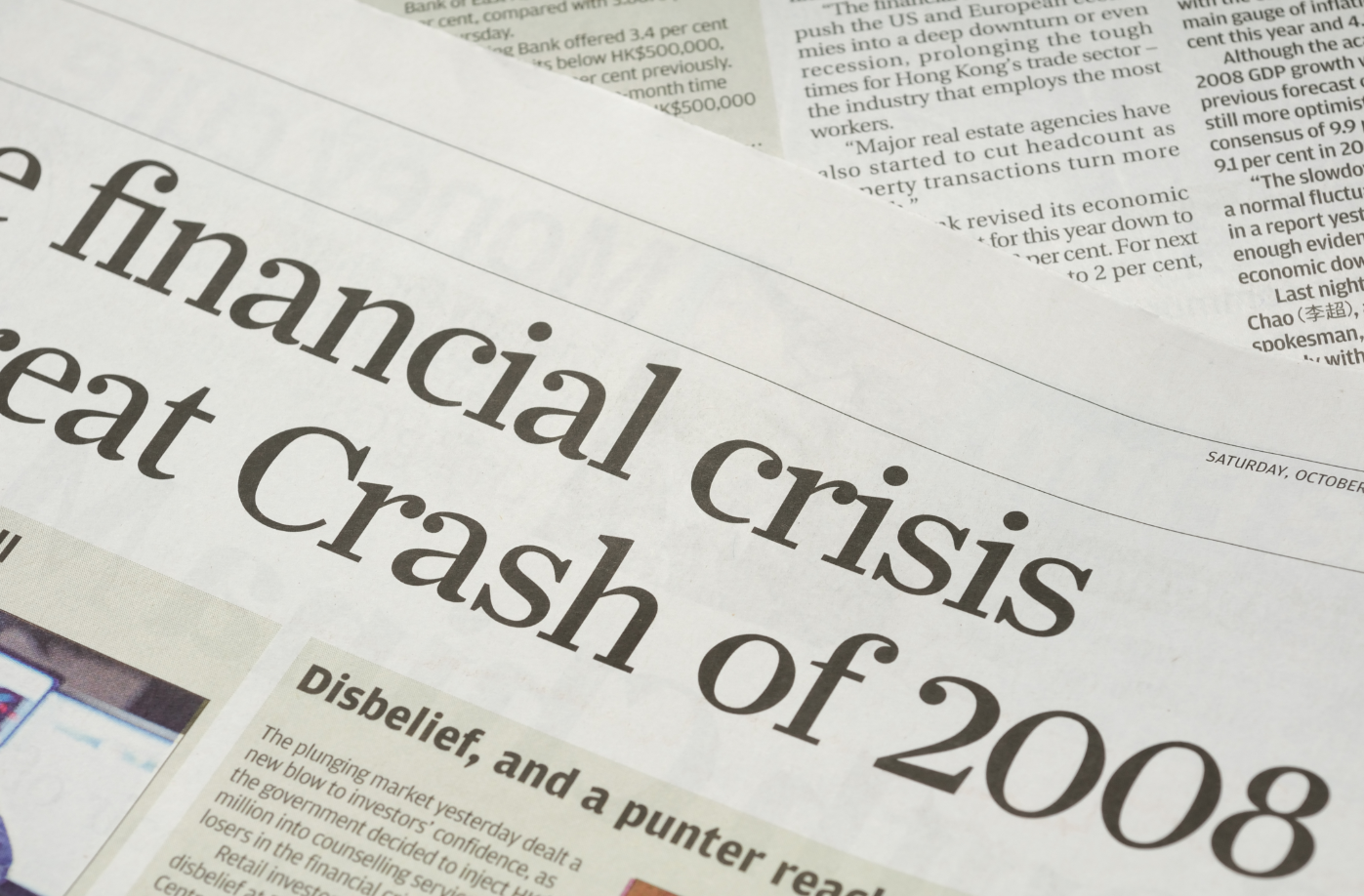Philippines’ banked adults rise to 56% in 2021 as online payments grow

ABOUT 22 MILLION Filipinos gained access to formal financial accounts between 2019 and 2021, but 34.3 million adults remained unbanked, the Bangko Sentral ng Pilipinas (BSP) said.
The country’s banked population was at about 56% of all adults in 2021, up from just 29% in 2019, the BSP said in a statement on Monday, citing the results of its 2021 Financial Inclusion Survey (FIS). It said this was the best two-year increase since it began to conduct the survey in 2015.
The increase was driven by the accelerated growth in digital payments, the central bank said.
The BSP wants 70% of Filipino adults to have a formal financial account by 2023.
“Amid the latest figures, the BSP will continue to broaden its efforts to foster the wider adoption of digital technology, which has effectively enabled the onboarding of more Filipinos into the formal financial system,” BSP Governor Felipe M. Medalla said.
“With the National Strategy for Financial Inclusion 2022-2028, the BSP continues to work not only with other government agencies but also with private sector and development partners to achieve our shared vision of accelerating financial inclusion toward broad-based growth and financial resilience,” Mr. Medalla added.
Among the banked population, 36% had e-money accounts in 2021, up from the 8% share in 2019. This became the most used type of account among adults in the middle class, the low-income population and those aged 15 to 49 years old.
Meanwhile, the share of Filipino adults with a bank account is now at 23% from just 12% in 2019.
“Banks remained the preferred formal institution for saving money by a third of those with savings, followed by cooperatives and microfinance institutions,” the BSP said.
The FIS also showed that six out of 10 Filipinos changed their financial behavior during the coronavirus pandemic, the central bank said.
“Filipinos started saving more for emergencies (37%), began or increased their usage of online banking and digital payments (17%), and borrowed more (15%),” it said.
Among Filipinos with mobile phones and internet access in 2021, 60% made financial transactions online, higher than 17% in 2019, the survey’s results also showed.
In 2021, account ownership in the socioeconomic class ABC (80%) was almost twice the share of class E (44%). E-money was the most common type of account in socioeconomic classes C2, D and E, while classes A, B, and C1 mostly had bank accounts.
The central bank said despite the increase in the country’s banked population, challenges to financial inclusion remain, and their effects are more apparent among lower income groups, highlighting the importance of improving the financial resilience of vulnerable people.
“The main barriers to account ownership such as lack of income and transaction costs persist. In addition, the lack of documents to open an account is still prevalent for a large segment of the population. Moreover, the survey found that over half of savers still keep their money at home,” the BSP said.
FARMERS LEAST BANKEDThe survey’s results showed farmers and agriculture workers were the least banked among all types of workers, with 73% having no accounts, the highest financial exclusion level seen in 2021.
Other segments that had a high percentage of unbanked adults were workers for private households (48%) and self-employed individuals (45%). Non-working adults without accounts stood at 52%, equivalent to 15.6 million adults.
Fewer Filipinos also had savings and insurance in 2021. Despite the increase in account ownership, the percentage of adults with savings fell to 37% in 2021 from 53% in 2019, which was equivalent to a 9.7 million decline in savers.
Informal saving remained high, with 52% of savers keeping their money at home. Still, the share of bank savers increased to 31% in 2021 from 21% in 2019. About 81% of savers said they allocate savings for emergencies.
Financial investors among adults rose to 36% in 2021 from 25% in 2019. More Filipinos had borrowings, as the share of adults with outstanding loans jumped to 45% in 2021 from 33% in 2019.
According to the survey, almost half of Filipino adults had difficulty in meeting their cost of living and were concerned that finances controlled their lives and their savings will not last.
More Filipinos generally have a positive outlook as they believed that they were on track to meet their financial goals and felt secure about their future. — K.B. Ta-asan




